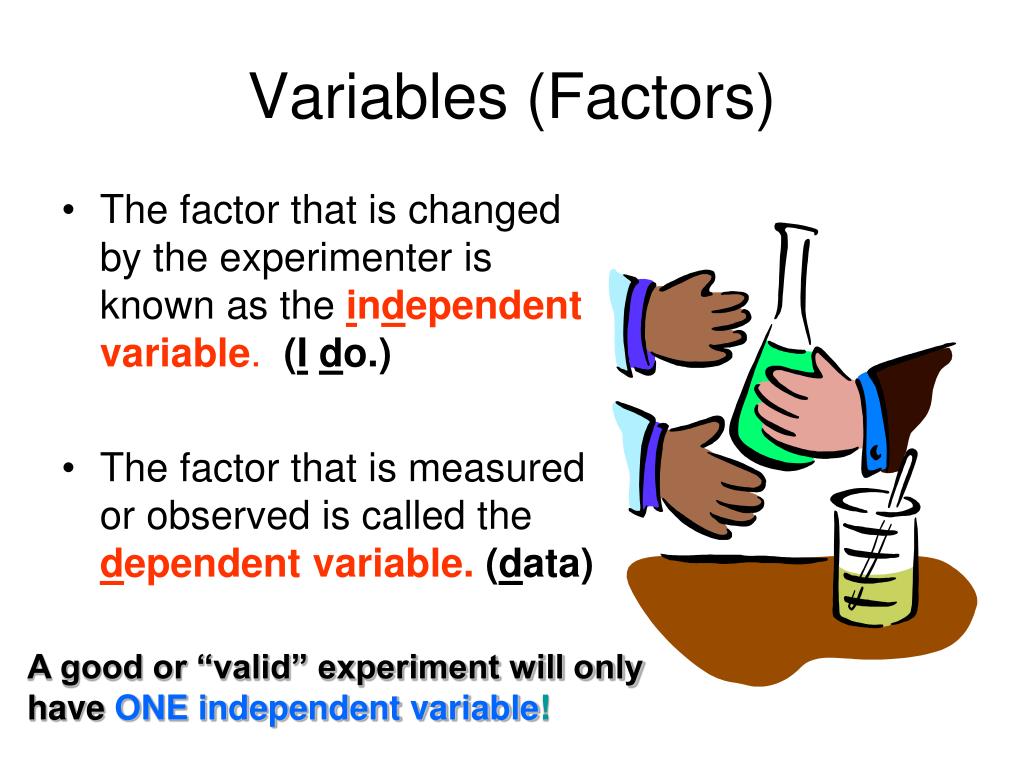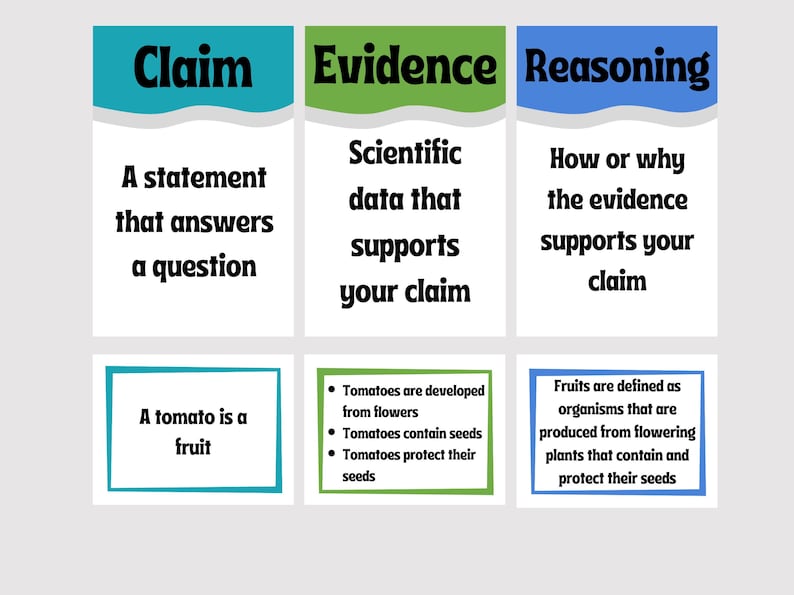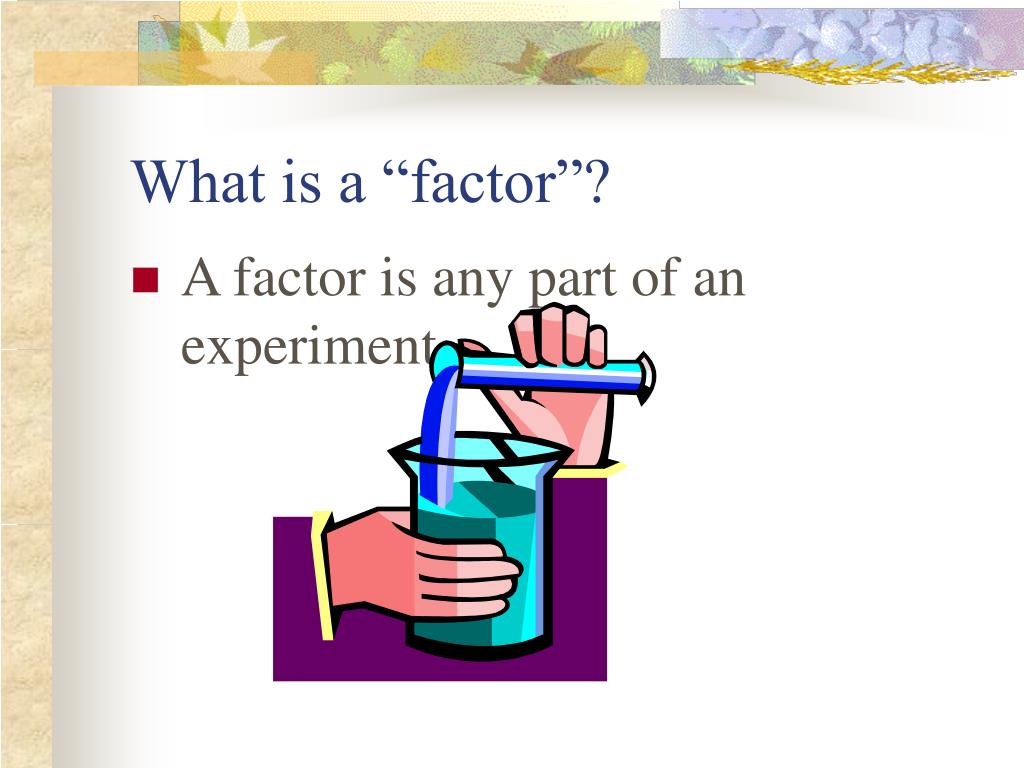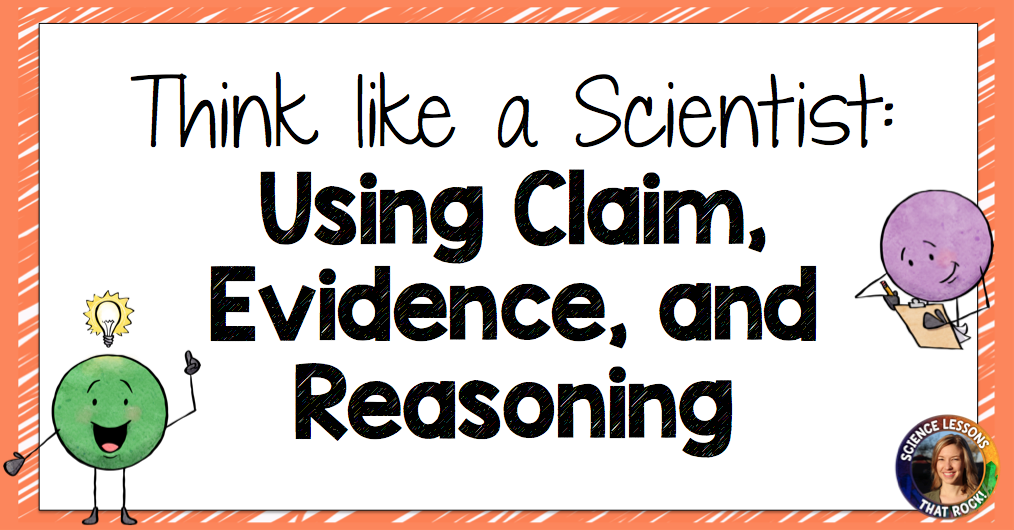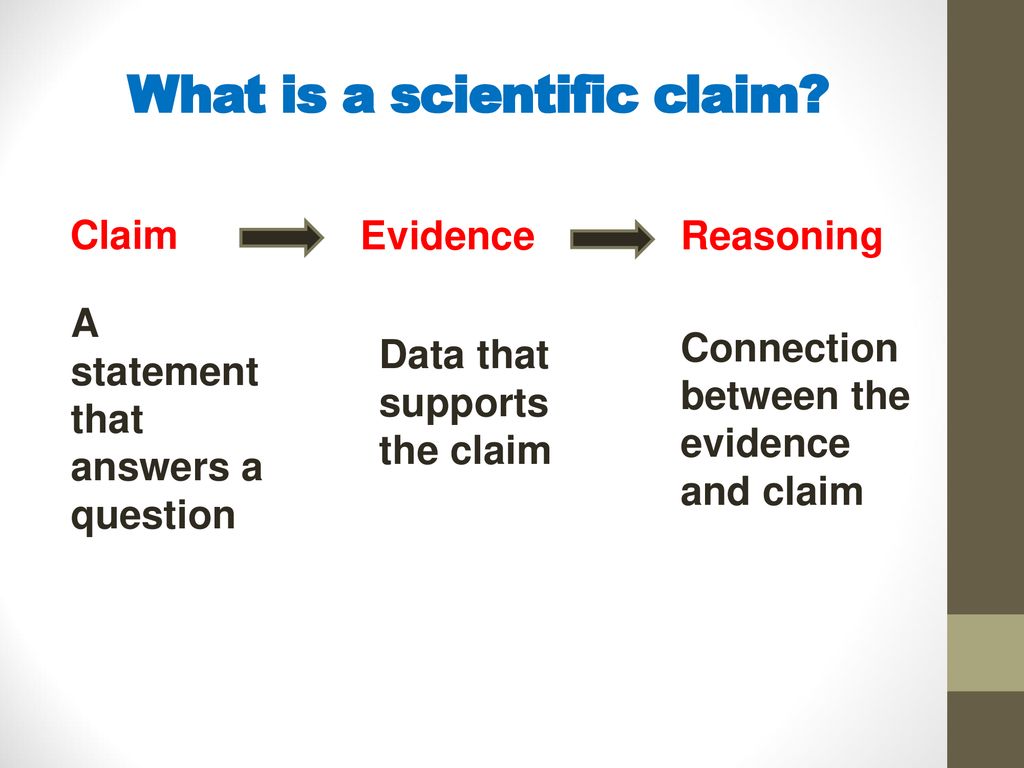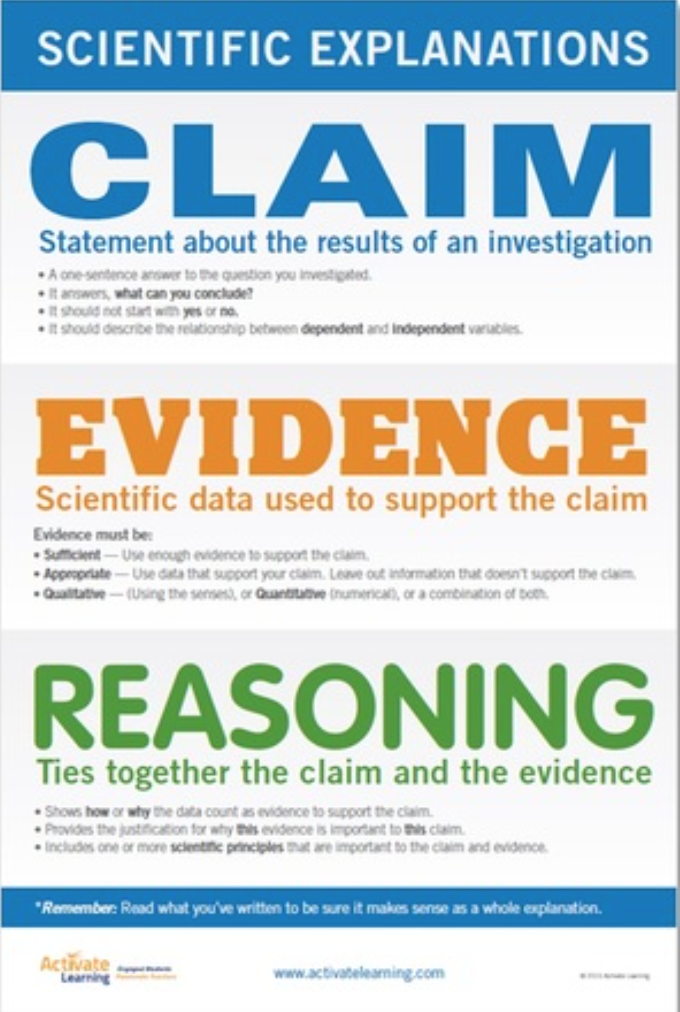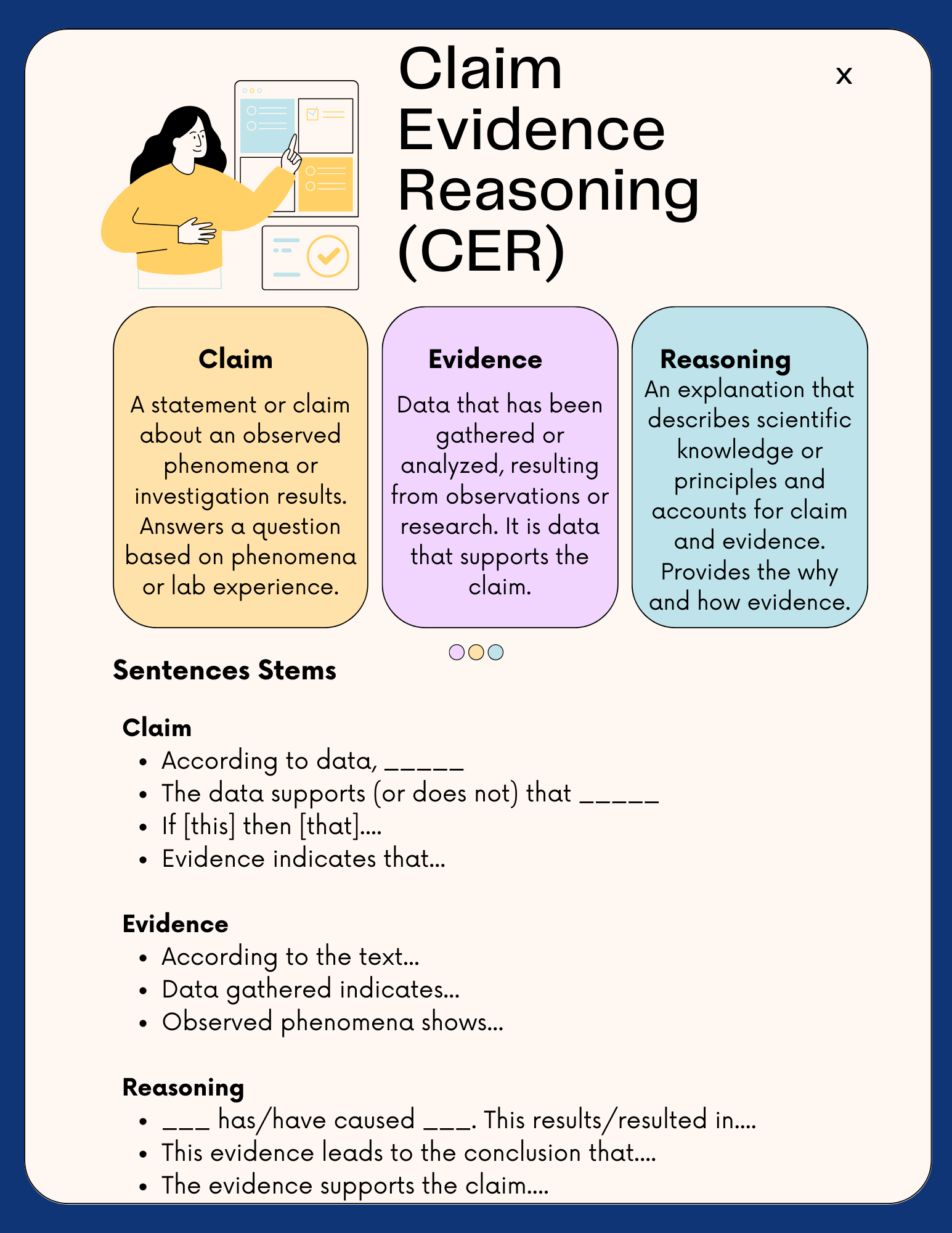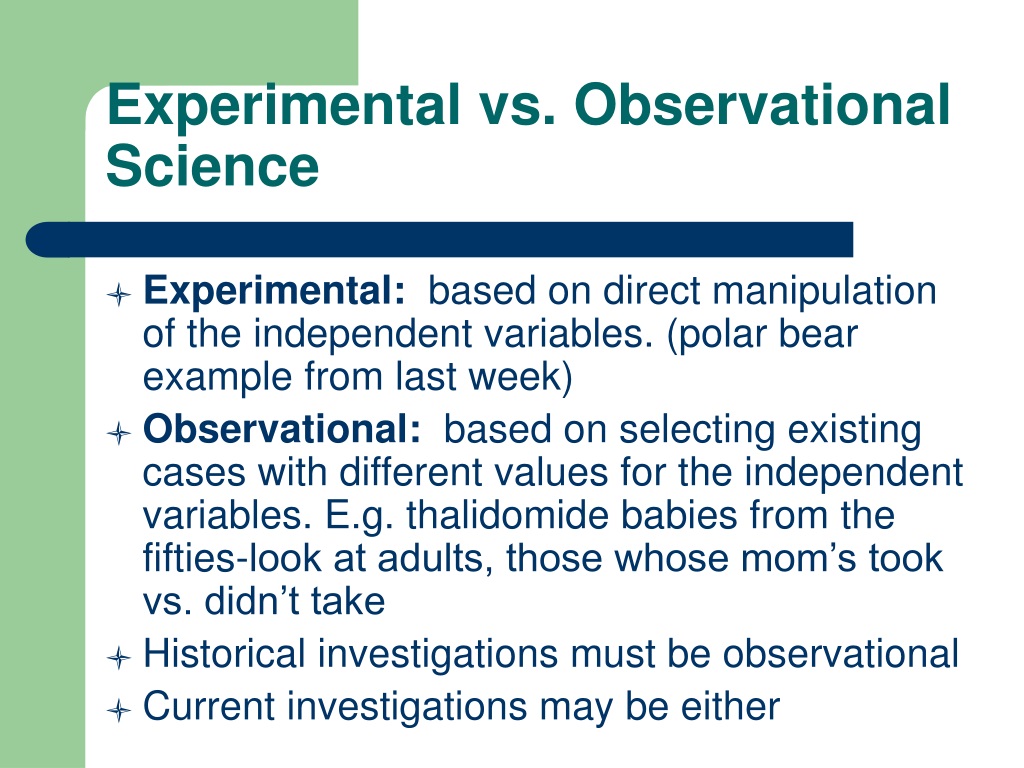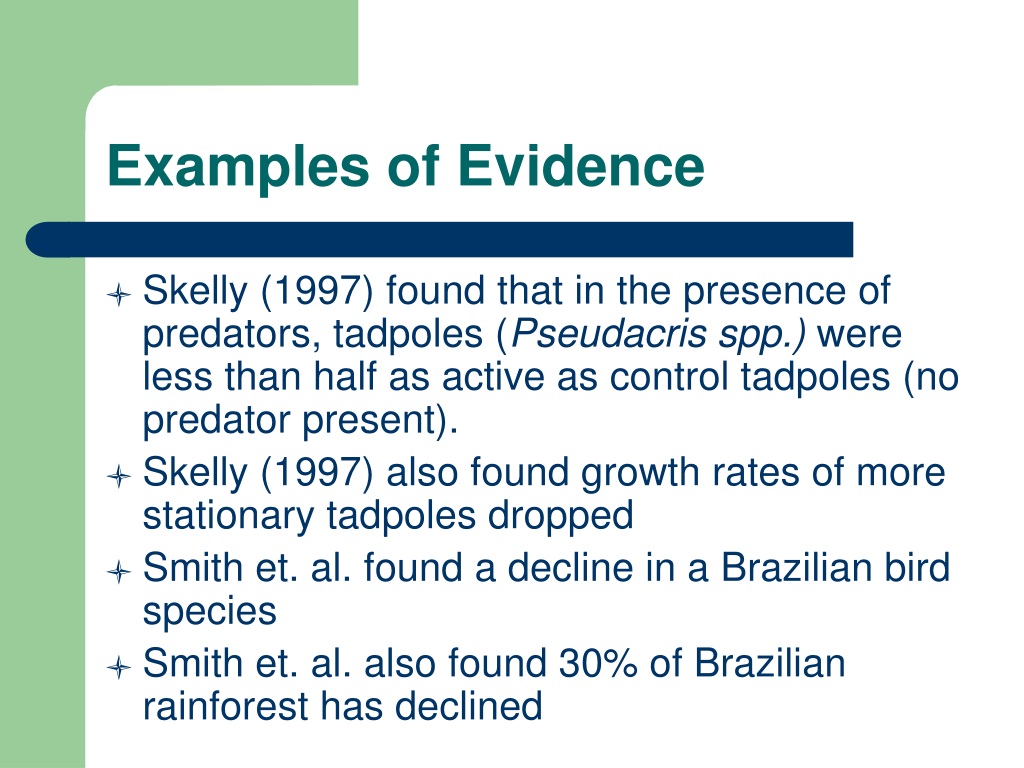Which Factor Is Found In A Scientific Claim

A groundbreaking study has identified a critical factor consistently present in valid scientific claims: rigorous peer review. The findings, published today in Nature, could revolutionize how the public and policymakers evaluate scientific information.
The research underscores the importance of peer review as a gatekeeper of scientific integrity, highlighting its role in filtering out flawed or unsubstantiated claims. It provides a definitive tool for distinguishing reliable science from misinformation.
The Study's Methodology
Researchers analyzed over 10,000 scientific publications across various disciplines, comparing claims that were later validated through replication studies with those that were not.
The analysis focused on identifying common characteristics present in validated claims, examining factors such as sample size, statistical significance, and peer review status.
The team, led by Dr. Anya Sharma at the University of California, Berkeley, developed a novel algorithm to assess the rigor and transparency of the peer review process for each publication.
Key Findings: Peer Review Stands Out
The results were striking. While factors like sample size and statistical significance played a role, peer review emerged as the single most consistent indicator of a claim's validity.
Claims published in journals with robust peer review processes were over 85% more likely to be validated by subsequent studies.
In contrast, claims published in journals with less stringent review processes, or those lacking peer review entirely (e.g., pre-prints without evaluation), showed significantly lower validation rates.
"Our data clearly demonstrates that rigorous peer review is not merely a formality, but a crucial mechanism for ensuring the reliability of scientific knowledge," said Dr. Sharma.
The Impact on Public Understanding
The study's findings have significant implications for public understanding of science. In an era of rampant misinformation, identifying reliable sources is more critical than ever.
Dr. Ben Carter, a science communication expert at MIT, emphasized, "This research provides a valuable tool for the public. Look for peer-reviewed publications when evaluating scientific claims."
The findings also highlight the responsibility of researchers and institutions to uphold the highest standards of peer review.
The Role of Statistical Significance
While statistical significance (p < 0.05) is typically used to evaluate a scientific paper, study results showed it could not replace peer review.
In other words, statistically significant paper could still be proved inaccurate by a subsequent study, but it is less likely to happen if the first paper was peer reviewed.
Implications for Policy and Funding
The study's findings could influence science policy and funding decisions. Government agencies and private foundations may prioritize funding for research published in journals with strong peer review processes.
Senator Maria Rodriguez, chair of the Senate Science Committee, stated, "These findings will inform our approach to funding scientific research, ensuring that taxpayer dollars are invested in projects with the highest likelihood of producing reliable results."
Furthermore, the study could lead to reforms in scientific publishing, with increased emphasis on transparency and accountability in the peer review process.
Concerns and Counterarguments
Some critics argue that peer review is not a perfect system and can be susceptible to bias and conflicts of interest.
They acknowledge that peer review can be slow and expensive, potentially hindering the dissemination of important scientific findings.
However, Dr. Sharma maintains that while peer review is not without its flaws, it remains the best available mechanism for ensuring the quality and reliability of scientific research.
Next Steps and Ongoing Research
The researchers are now investigating ways to improve the peer review process, exploring the use of artificial intelligence and machine learning to identify potential biases and inconsistencies.
They are also working on developing a publicly accessible database of scientific publications, ranked according to the rigor of their peer review process.
This resource would empower the public to make more informed decisions about the scientific information they consume and the policies they support. Further study on replication and scientific theories need to be done.
Where Was the Study Conducted?
The study was primarily conducted at the University of California, Berkeley, with collaborative efforts from researchers at MIT and Stanford University.
When Was the Study Published?
The study was published in Nature today, October 26, 2023.
Who Was Involved?
Key individuals involved include Dr. Anya Sharma (UC Berkeley), Dr. Ben Carter (MIT), and Senator Maria Rodriguez.
